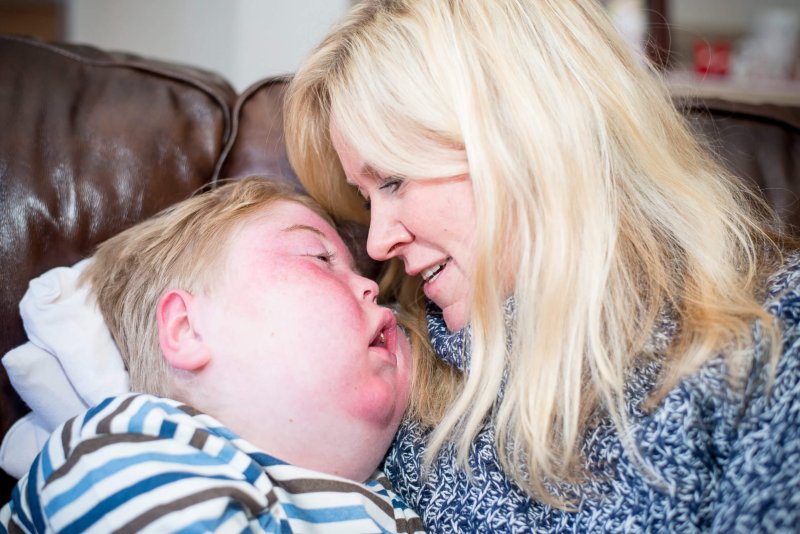In Australia, about one child a week is born with a severe form of mitochondrial disease. Most young children diagnosed with mito die by the age of five.
It is a rare genetic disorder that affects the function of the power plants of our cells – our mitochondria – effectively starving the body’s cells of energy.
…
There is no effective treatment, but doctors have developed a technique to stop the disorder before birth.
“Replace the mitochondrial genome,” says [Professor John] Christodoulou, through mitochondrial donation.
Mitochondrial donation is an IVF-based procedure for carriers of mito, involving an egg donor.
The Australian Catholic Bishops Conference said that the donation would cause problems by “creating three-parent children”, “genetic bewilderment” and “destroying human embryos”. They said the procedure was “not a necessary, life saving technology”.
The Mito Foundation rejects such rhetoric.
“It is not editing the DNA inside the nucleus, which is what gives us our eye colour, or hair colour. It is not gene editing, or human cloning, or designer babies,” [founder Sean] Murray says.
“It is taking that very separate genetically damaged mitochondria DNA and swapping it out with healthy mitochondria DNA.”































